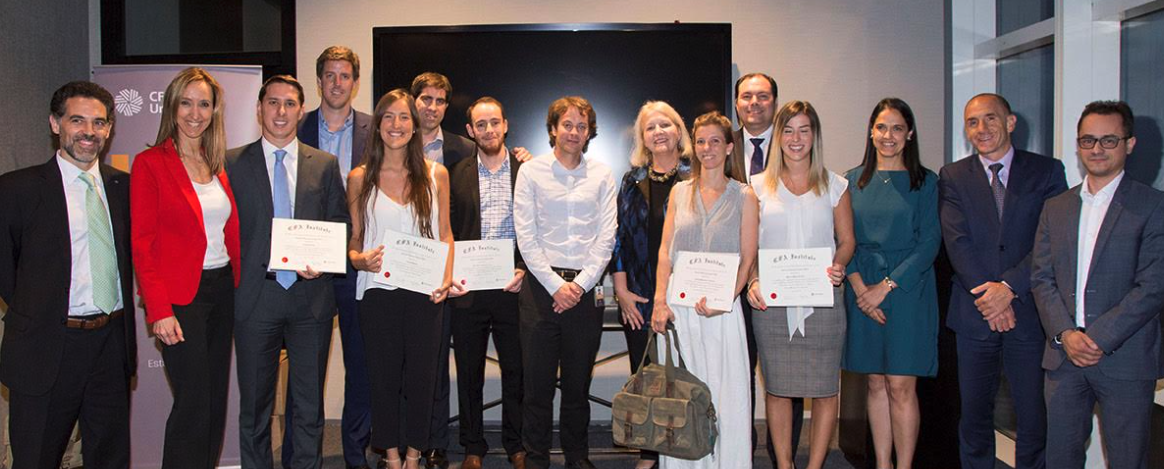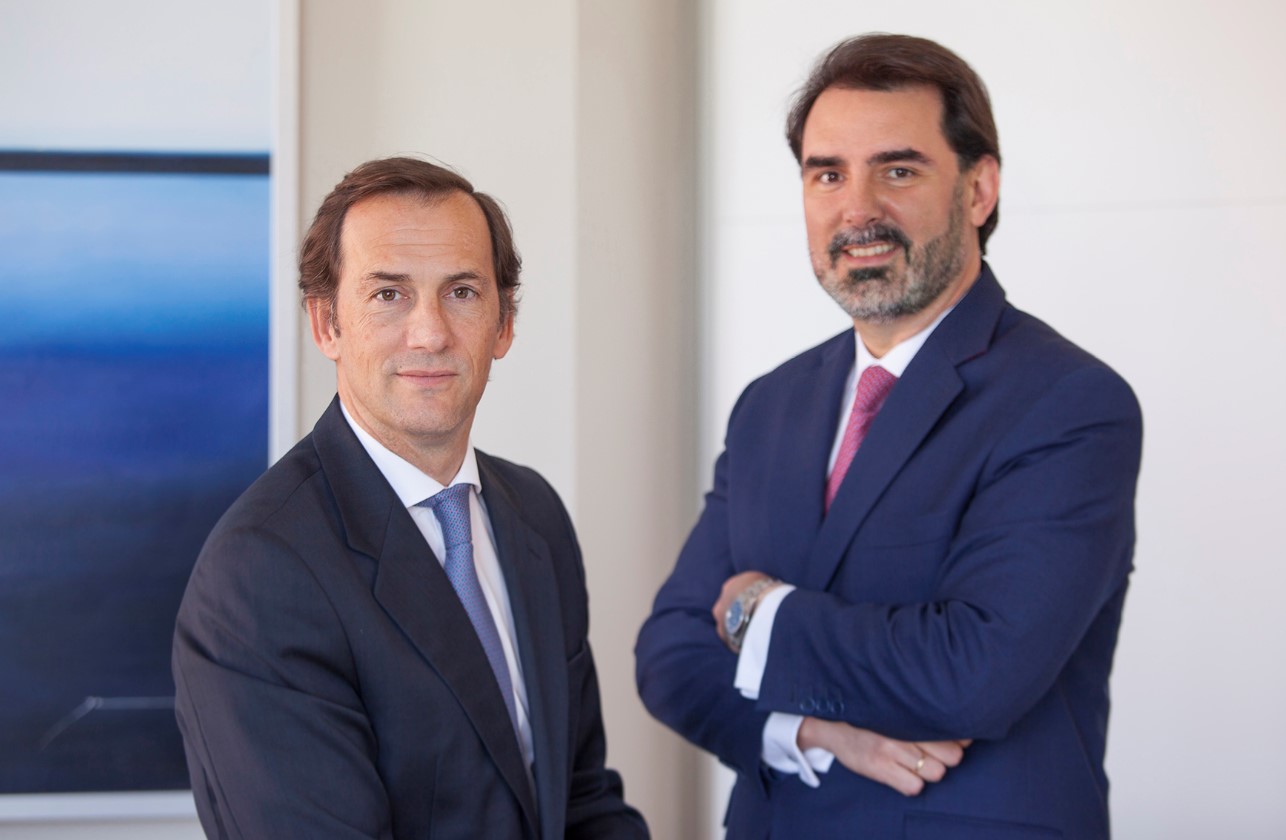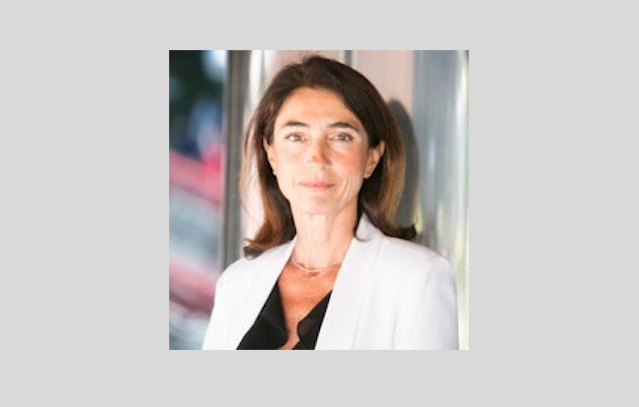Poder adquisitivo: el soporte técnico en bonos con grado de inversión en euros
| Por Meritxell Sedo | 0 Comentarios

Tras una pausa de casi un año, el Banco Central Europeo (BCE) reinició sus compras de bonos corporativos en noviembre de 2019. Según explica Tim Winstone, gestor de cartera de deuda corporativa en Janus Henderson Investors, los factores técnicos impulsarán probablemente la demanda de bonos con grado de inversión denominados en euros.
Durante las tres primeras semanas, adquirió unos 4.600 millones de euros en bonos, elevando con ello las compras totales desde el arranque en junio de 2016 del programa de compras en el sector corporativo (Corporate Sector Purchasing Programme, CSPP) hasta los 182.000 millones de euros (a 22 de noviembre de 2019).

Resulta difícil determinar cuál será su impacto sobre los diferenciales (definidos como la diferencia existente entre el rendimiento de un bono corporativo y el de un bono soberano equivalente), en parte porque el BCE anunció el reinicio del programa en septiembre de 2019 y ya incluso antes existía el consenso de que el BCE estaba listo para actuar.
Podría argumentarse que su impacto sobre los precios ya se dejó notar en los meses previos a la reactivación. El diferencial sobre los bonos con grado de inversión en euros medido por el índice ICE BofAML Euro Corporate cayó de los 155 puntos básicos de comienzos de 2019 hasta el mínimo anual de 98 puntos básicos de 7 de noviembre de 2019, si bien después escaló hasta los 105 puntos básicos el 22 de noviembre(1). Aunque existen múltiples factores que explican los movimientos de los diferenciales, en lo referente a su reducción nunca viene mal contar con compradores no sensibles a los precios adquiriendo bonos en el mercado.
El universo de la deuda con grado de inversión en euros, medido por el índice ICE BofAML Euro Corporate, asciende a aproximadamente 2,6 billones de euros (1). El universo de bonos aptos para ser comprados en el CSPP del BCE es inferior, unos 600.000 millones de euros (2), ya que existe una serie de restricciones sobre el tipo de bonos que pueden adquirirse en el marco del programa.
Por ejemplo, los bonos deben ser emitidos por entidades no bancarias que estén radicadas en la zona euro. Los instrumentos de deuda deben estar emitidos en la zona euro y estar denominados en euros, además de contar con una calificación crediticia de BBB- (o equivalente) o superior y con vencimientos comprendidos entre seis meses y 31 años.
Lo que resulta destacable sobre las últimas compras es que el BCE abrió la posibilidad de adquirir activos con rendimientos inferiores al tipo de la facilidad de depósito (esto es, menores al -0,5%), por lo que los bonos con rendimientos negativos también resultan aptos.
Las empresas europeas no se han tenido reparos en sacar partido a esta situación. En los últimos años, se ha producido un incremento en la oferta neta de emisiones con grado de inversión en euros, ya que las empresas buscaban no solo refinanciarse a tipos más bajos, sino también emitir deuda mientras los costes por intereses son relativamente bajos y existe un comprador dispuesto en el mercado.
Pero las empresas europeas no han sido las únicas emisoras de deuda. Así, se ha asistido a un notable aumento de bonos denominados «reverse yankees», esto es, títulos emitidos en mercados de la zona euro por empresas con sede en EE. UU., ya que estas buscan tipos de financiación más reducidos o igualar los costes de financiación con fuentes de ingresos locales.
En conjunto, el mercado se encuentra en una situación de equilibrio razonable. Pese a que la oferta se ha recuperado, existe mucha demanda por esta clase de flujos, lo que está conteniendo los diferenciales. Dado que los rendimientos negativos son la tónica imperante en muchos bonos soberanos de la zona euro, los inversores están buscando bonos corporativos con grado de inversión en euros que ofrezcan algún rendimiento positivo, sin tener que asumir riesgos excesivos. Según se muestra en el gráfico a continuación, la inmensa mayoría de bonos corporativos con grado de inversión brindan rendimientos positivos, ya que solo un 16% del mercado de grado de inversión en euros presenta rendimientos negativos(3).

Habida cuenta de que los bonos corporativos con grado de inversión en euros cotizan con un diferencial medio de 105 puntos básicos, muy superior a sus mínimos de los últimos cinco años (74 puntos básicos en febrero de 2018), aunque ligeramente inferior a su media de cinco años de 114 puntos básicos, en Janus Henderson consideran que el mercado no está caro ni tampoco barato (1).
A su juicio, el interés de los inversores en los bonos corporativos con grado de inversión en euros probablemente continuará siendo elevado a la luz de los recelos que la perspectiva económica suscita, ya que las compras del BCE ofrecen una cierta red de seguridad al mercado.
Anotaciones:
(1) Fuente: Bloomberg, índice ICE BofAML Euro Corporate, OAS (diferenciales ajustados por opciones) de bonos soberanos a valor total de mercado, a 22 de noviembre de 2019.
(2) Fuente: Bloomberg Intelligence, a 30 de octubre de 2019.
(3) Índice ICE BofAML Euro Corporate, a 13 de noviembre de 2019
Información importante:
Este [documento] está destinado únicamente para ser utilizado por profesionales, definidos como contrapartes elegibles o clientes profesionales, y no está dirigido al público en general. Las llamadas telefónicas pueden ser grabadas para protección mutua, para mejorar el servicio al cliente y para mantener registros con fines regulatorios.
Emitido por Janus Henderson Investors. Janus Henderson Investors es el nombre bajo el cual se proporcionan los productos y servicios de inversión por parte de Janus Capital International Limited (reg. n.º 3594615), Henderson Global Investors Limited (reg. n.º 906355), Henderson Investment Funds Limited (reg. n.º 2678531), AlphaGen Capital Limited (reg. n.º 962757), Henderson Equity Partners Limited (reg. n.º 2606646), (cada uno registrado en Inglaterra y Gales en 201 Bishopsgate, Londres EC2M 3AE y regulado por la Financial Conduct Authority) y Henderson Management S.A. (reg n.º B22848 en 2 Rue de Bitbourg, L-1273, Luxemburgo, y regulado por la Commission de Surveillance du Secteur Financier).
Janus Henderson, Janus, Henderson, Perkins, Intech, Alphagen, VelocityShares, Knowledge. Shared y Knowledge Labs son marcas comerciales de Janus Henderson Group plc o de una de sus filiales. © Janus Henderson Group plc.











